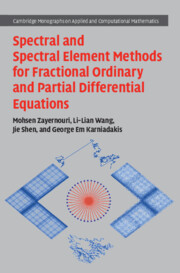Diet is an important modifiable lifestyle factor for human health, and plant-rich dietary patterns are associated with lower risk of non-communicable diseases in numerous studies. However, objective assessment of plant-rich dietary exposure in nutritional epidemiology studies remains challenging. This study aimed to develop and evaluate metabolic signatures of the most widely used plant-rich dietary patterns using a targeted metabolomics method comprising of 108 plant food metabolites.
A total of 218 healthy participants from the POLYNTAKE cohort were included, aged 51.5 ± 17.7 years, with 24h urine samples measured using ultra-high-performance liquid chromatography–mass spectrometry. The validation dataset employed three sample types to test the robustness of the signature, including 24h urine (ABP cohort, n = 88), plasma (POLYNTAKE cohort, n = 195), and spot urine (TwinsUK cohort, n = 198). Adherence to the plant-rich diet was assessed using a priori plant- rich dietary patterns. A combination of metabolites that evaluates the adherence and metabolic response to a specific diet was identified as metabolic signature. We applied linear regression analysis to select the metabolites significantly associated with dietary patterns (adjusting energy intake), and ridge regression to estimate penalized weights of each candidate metabolite. The correlation between metabolic signature and the dietary pattern was assessed by Spearman analysis (FDR < 0.05).
The metabolic signatures consisting of 42, 22, 35, 15, 33, and 33 predictive metabolites across different subclasses were found to be associated with adherence to Amended Mediterranean Score (A-MED), Original MED (O-MED), Dietary Approaches to Stop Hypertension (DASH), Mediterranean-DASH Intervention for Neurodegenerative Delay (MIND), healthy Plant-based Diet Index (hPDI) and unhealthy PDI (uDPI), respectively. The overlapping and distinct predictive metabolites across six dietary patterns predominantly consisted of phenolic acids (n = 38), including 14 cinnamic acids, 14 hydroxybenzoic acids, seven phenylacetic acids, and three hippuric acids. Six metabolites were included in all signatures, including two lignans: enterolactone-glucuronide, enterolactone-sulfate, and four phenolic acids: cinnamic acid, cinnamic acid-4'-sulfate, 2'- hydroxycinnamic acid, and 4-methoxybenzoic acid-3-sulfate. The established signatures were robustly correlated with dietary patterns in validation dataset (r = 0.13 - 0.40, FDR < 0.05).
We developed and evaluated a set of metabolic signatures that robustly reflected the adherence and metabolic response to plant-rich dietary patterns, suggesting the potential of these signatures to serve as an objective assessment of free-living eating habits.













